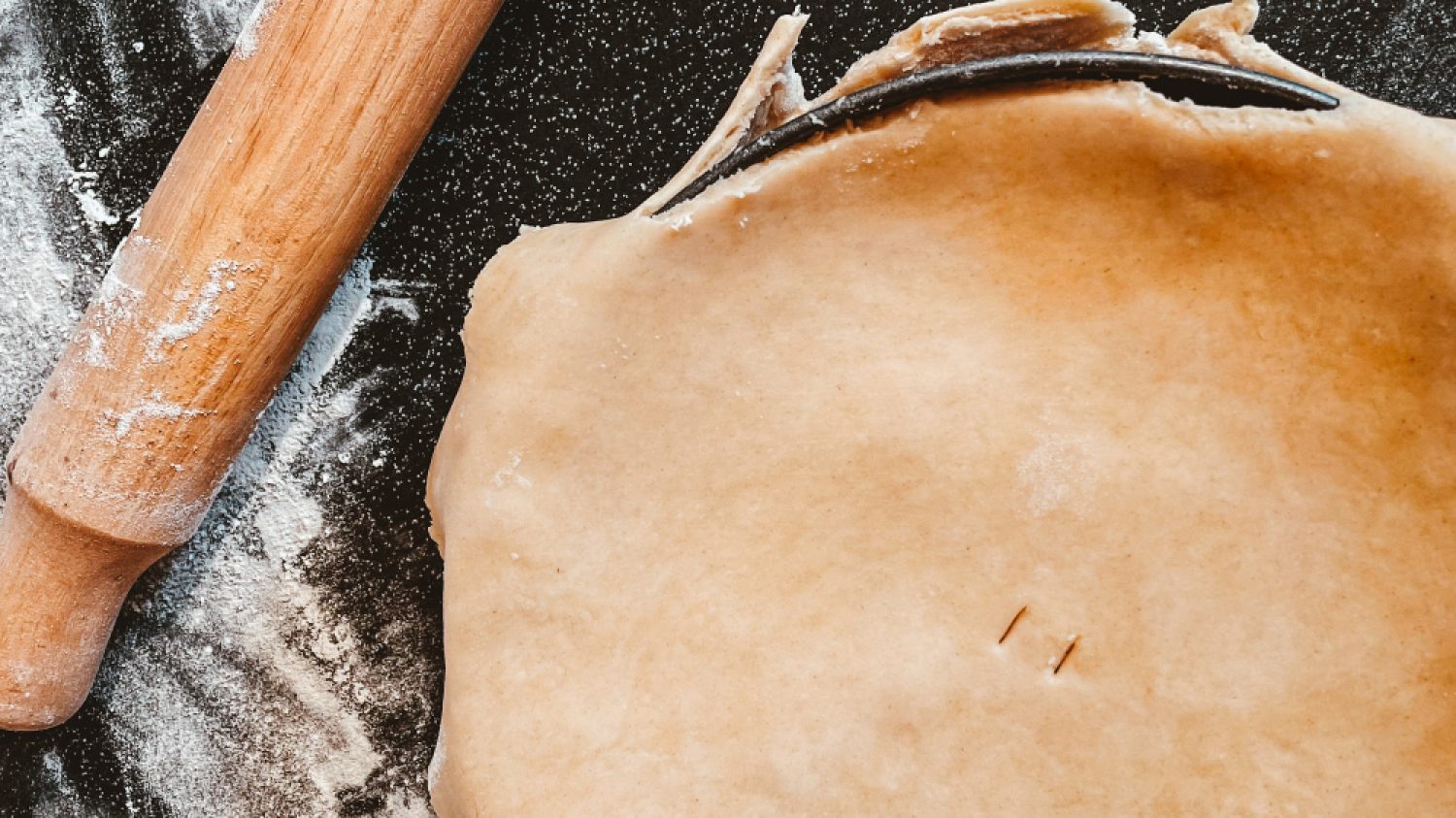Three minute read
Food and grief are closely intertwined in many cultures. Preparing a traditional meal can be a way for people to come together and show love.
Here are five foods associated with funerals, from Amish funeral pie to Krgyz dough balls for the dead.
1. Funeral potatoes
This comforting casserole is usually made by combining cubed potatoes or hash browns, sour cream, butter, cheese and cream of chicken or mushroom soup. The entire dish is then topped with cornflakes or crumbled crisps and popped in the oven.
Funeral potatoes are associated with Utah and the Church of Latter-day Saints and remain a popular dish there after memorials.
In fact, funeral potatoes are such a Utahan staple that they were included on a commemorative pin for the Salt Lake City Olympics in 2002.
2. Halva
While there are many different ways of preparing halva, it’s often a sweet, dense crumbly confection made out of sesame paste and sugar.
Halva is eaten around the world, with the sesame variety being especially popular in the Balkans and the Middle East.
While halva can be eaten at any time, it’s commonly shared during times of grief in Iran, Turkey and Armenia. Frequently scented with rosewater, halva can provide a comforting moment of sweetness for people in mourning.
3. Borsok
While many funeral dishes are made for the living, Borsok is also meant to honour the dead. A traditional food associated with both celebrations and funeral rituals in Kyrgyzstan, Borsok are yeasted fried dough balls made with flour, salt, sugar and butter.
Some people believe that the process of frying the dough ‘feeds’ the dead with the scent of the oil. The literal translation of the ritual’s name jyt chygaruu even means ‘releasing the smell’.
Once the borsok have finished cooking, they’re scattered across the table. The family then recites verses from the Quran and prays for the person who has died. At the end of the ritual, they eat the borsok together.
4. Koliva
This wheat berry-based dish is used in the Eastern Orthodox Church to commemorate the dead. It’s especially common in Greece and can be prepared both for funerals and memorial services.
Koliva is made by boiling wheat berries (unrefined kernels of wheat) until they’re soft, then adding flavourings like honey, raisins, nuts and pomegranate.
Once it’s ready, Koliva can be shaped into a mound that looks like a grave. It’s then covered with powdered sugar with the outline of the person who has died’s initials and a cross. Koliva plays an important role in religious rituals and is meant to be eaten with respect.
5. Amish funeral pie
Amish funeral pie plays a key role in the history of Amish and old-order Mennonite communities in Pennsylvania. With its filling of raisins, sugar, eggs, flour and spice, the pie is made of common pantry staples.
Not only could it be made on short notice, the pie’s sweetness meant it travelled well and could survive long journeys to a funeral.
Today, funeral pie continues to be a common sight at post-memorial gatherings in Pennsylvania.
Don't miss these blogs about different funeral customs — from this collection of incredible coffins to these unique gravestones from around the world.
To stay in touch with all the latest news and updates from Poppy's by email, sign up here or contact us if you need help planning a funeral.
